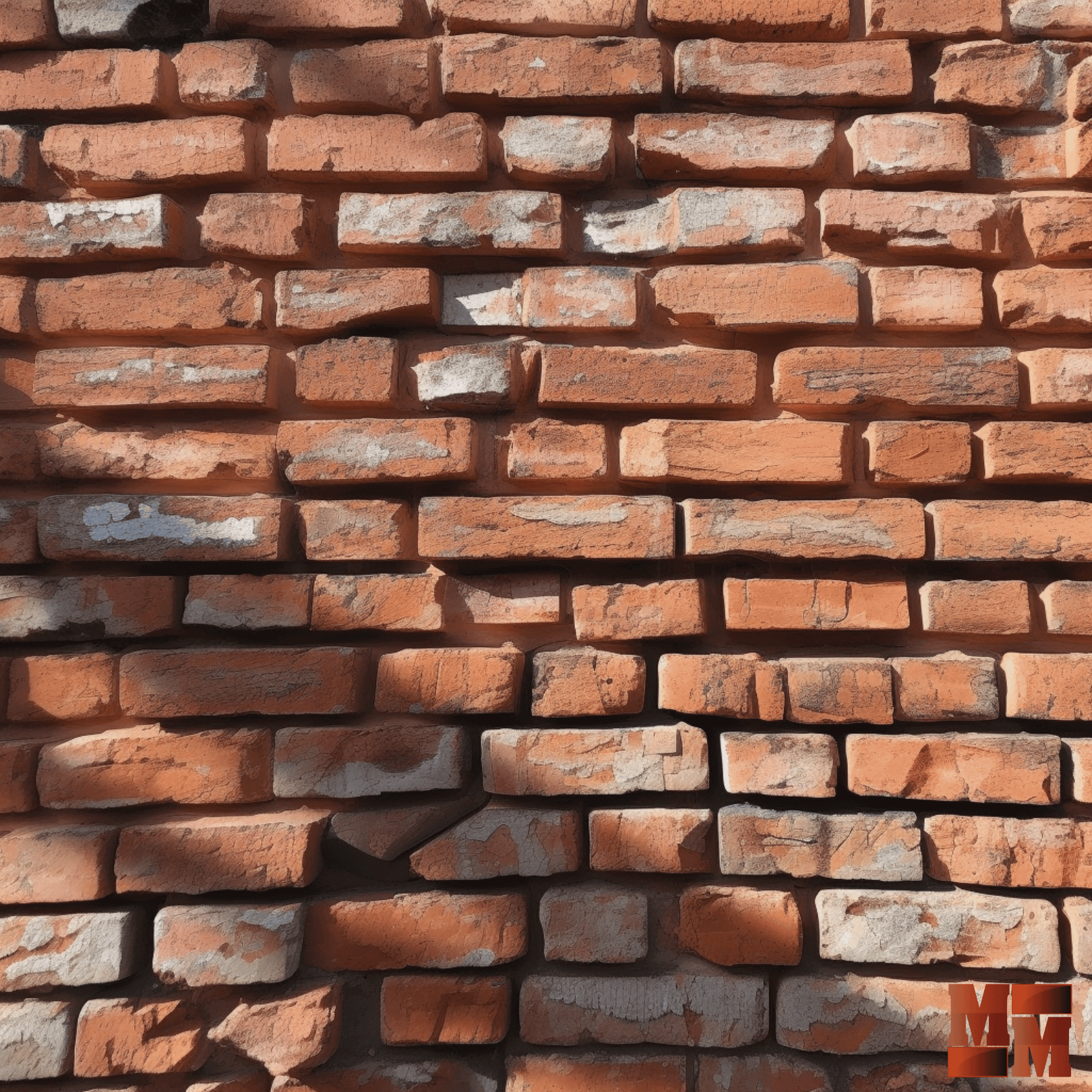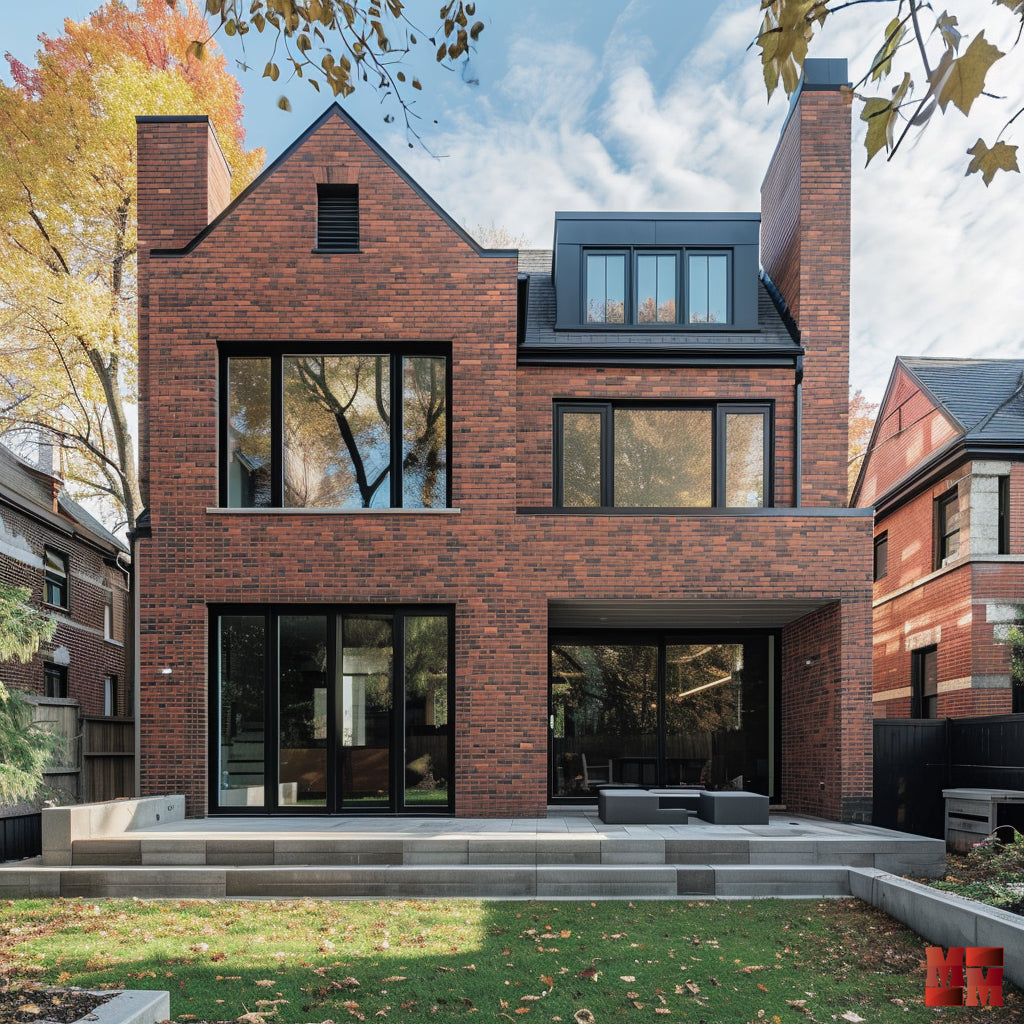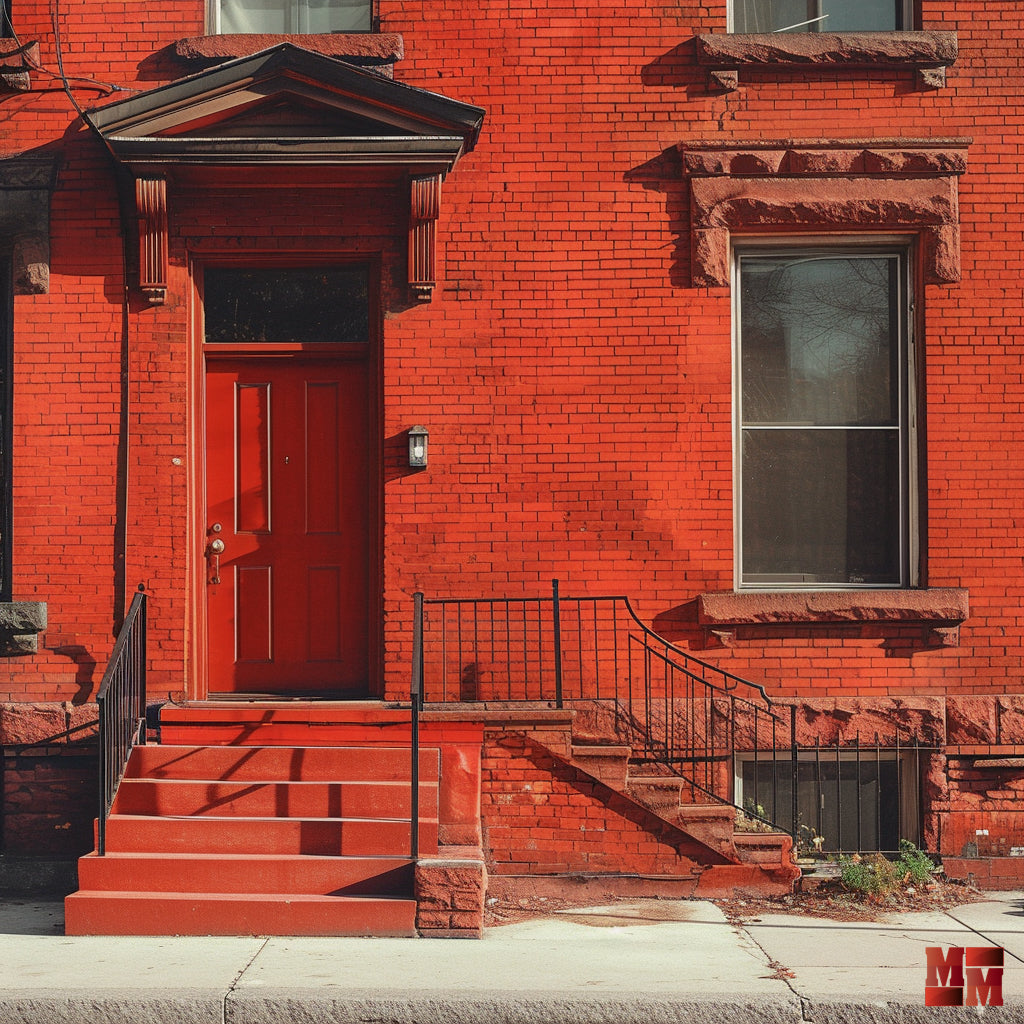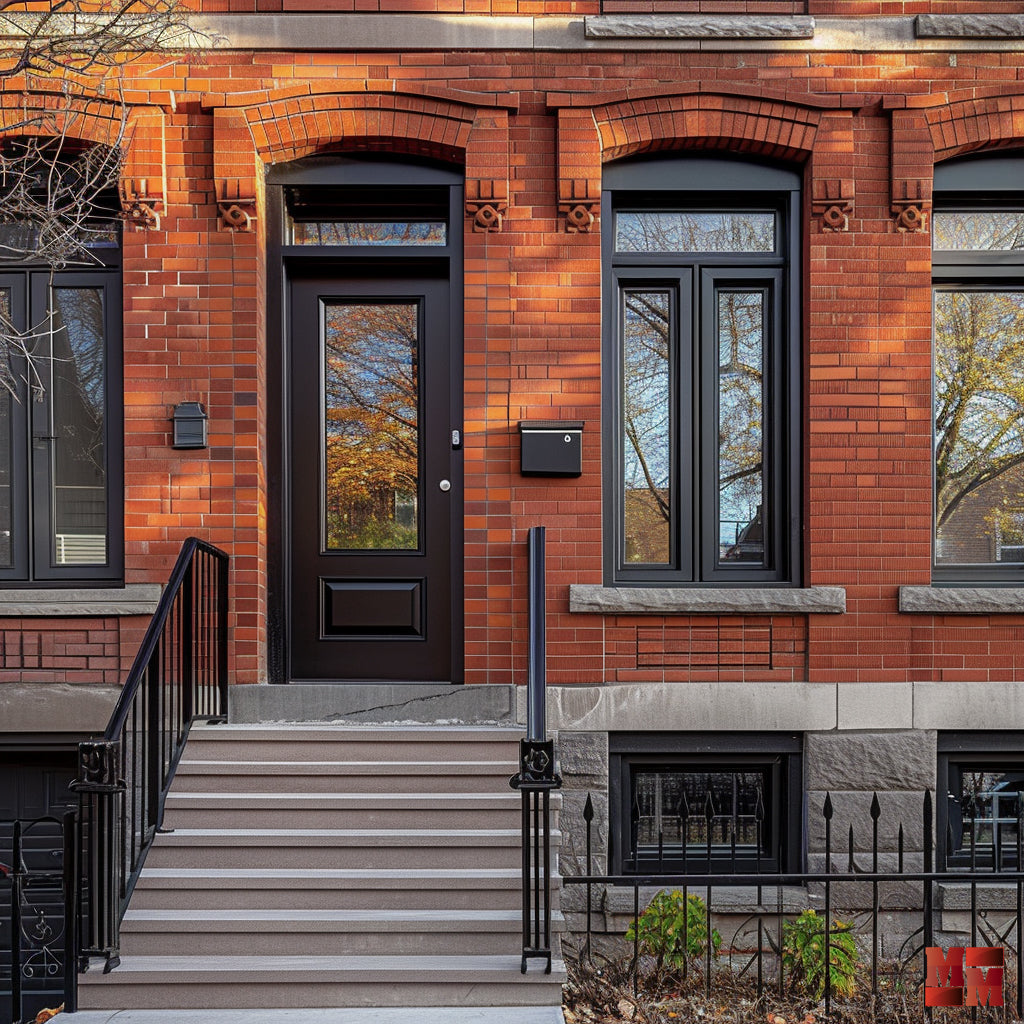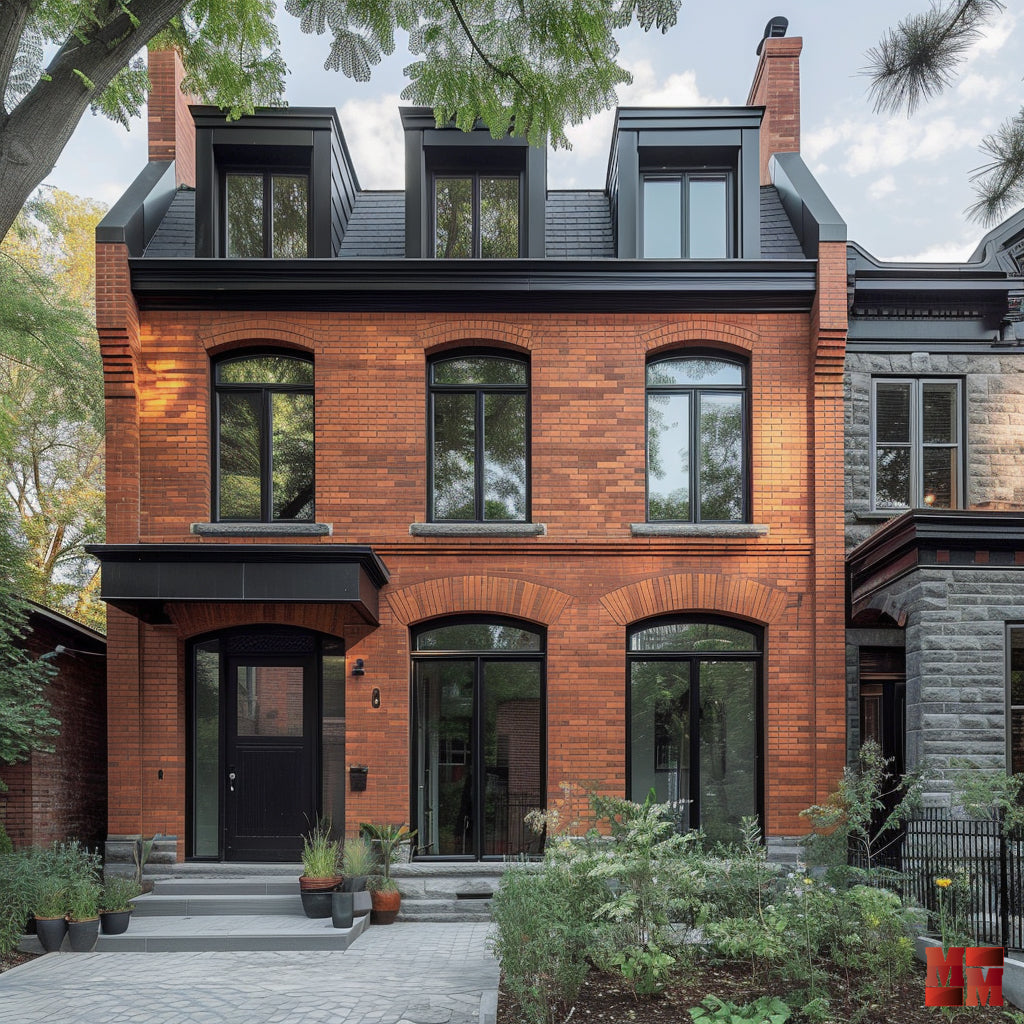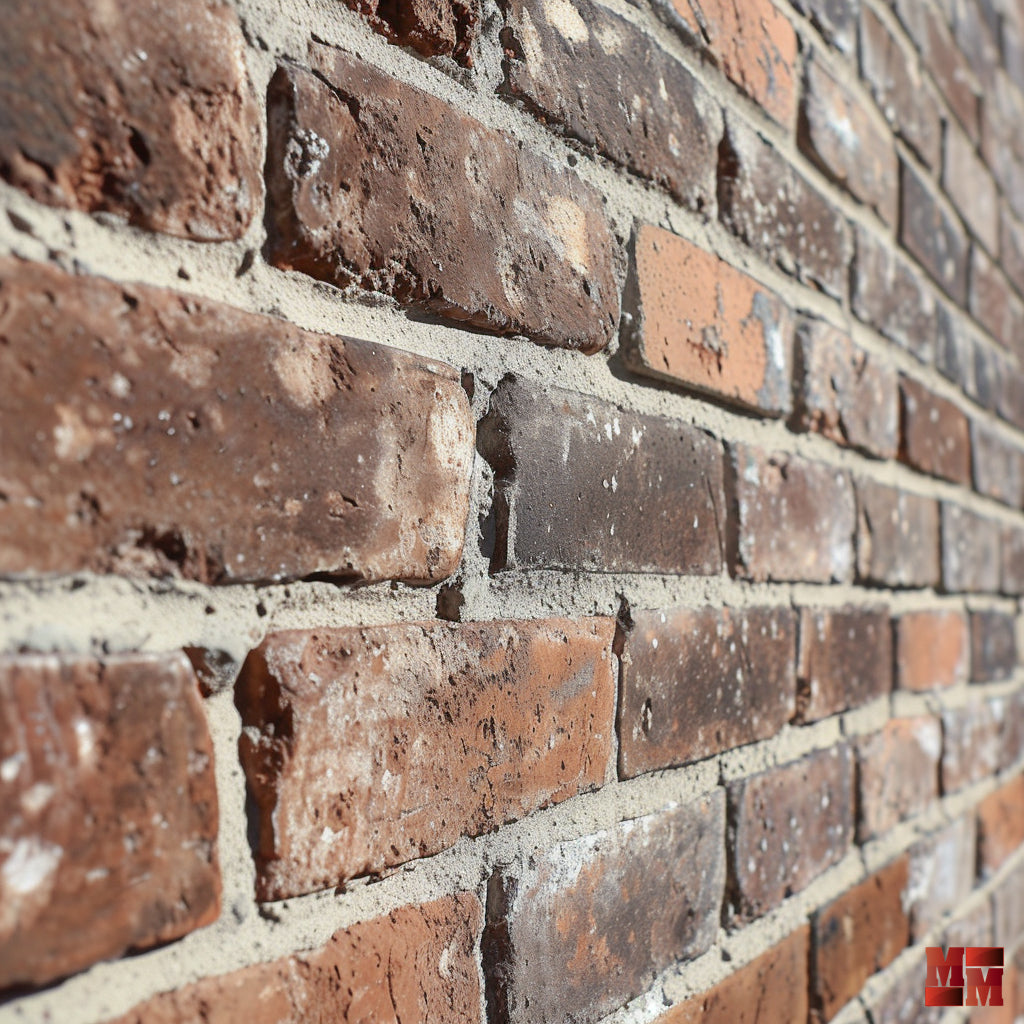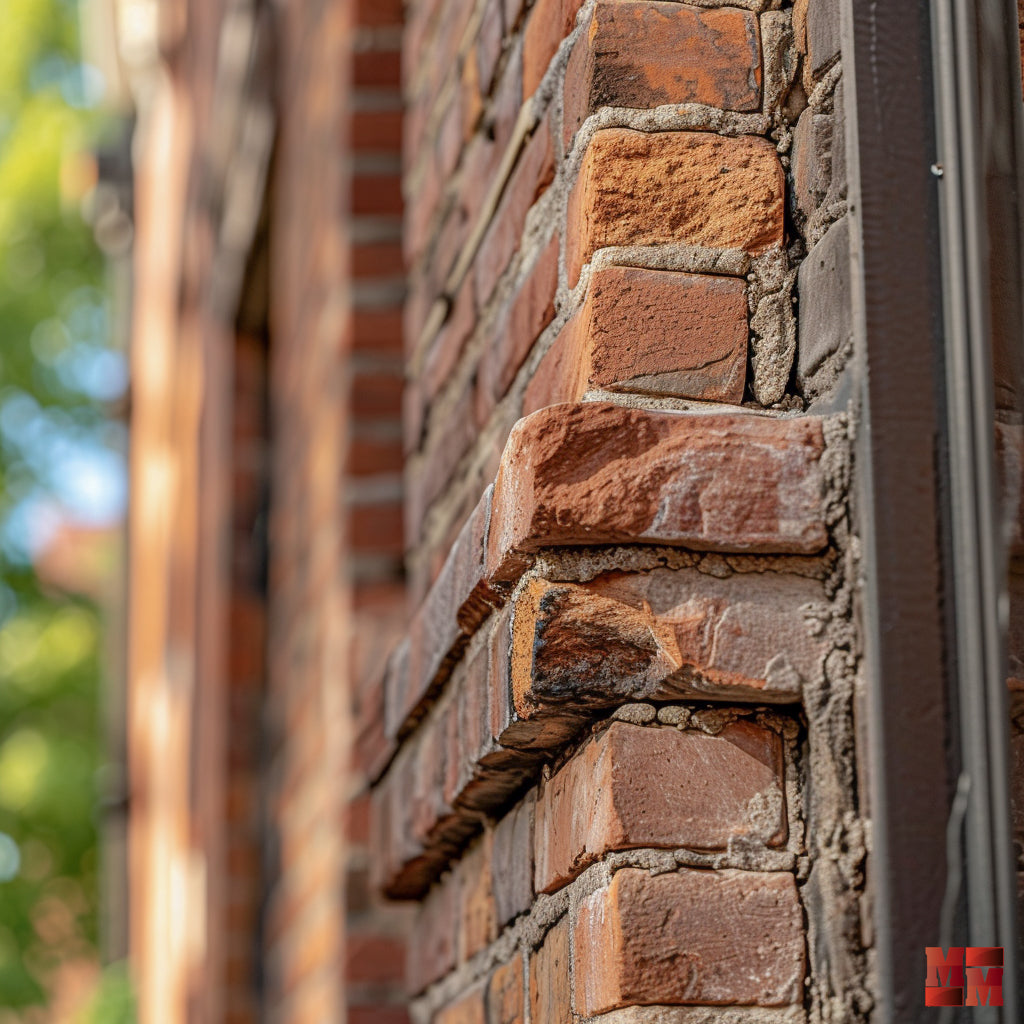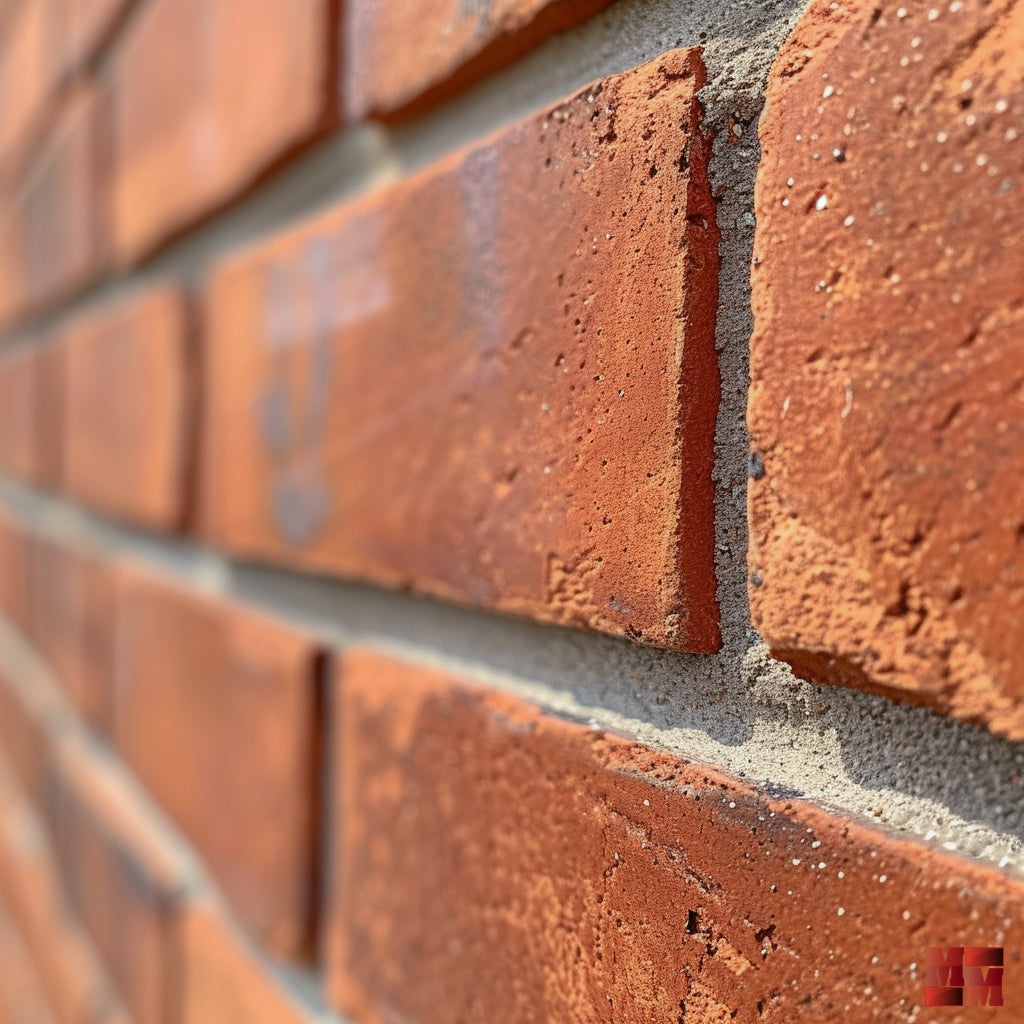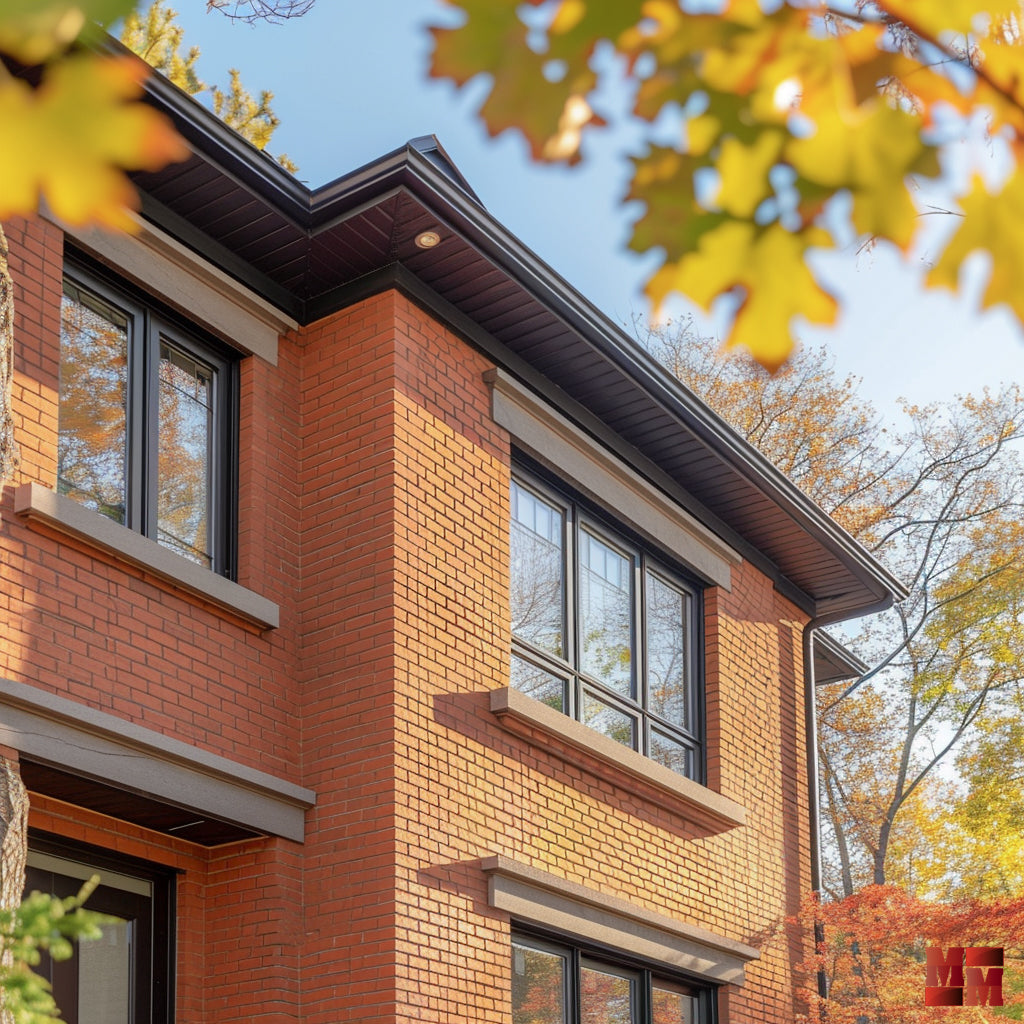Jagged Joints: Understanding and Addressing Issues in Brick Masonry
Brick masonry is a popular building material due to its durability and aesthetic appeal. However, brick walls are subject to various constraints such as salt, pollutants, temperature differences, and the freeze-thaw cycle which can significantly affect their behavior. One of the issues that can arise in brick masonry is jagged joints.
What are Jagged Joints?
Jagged joints occur when the mortar joint between bricks has a jagged or uneven appearance. This can be caused by a variety of factors, including poor workmanship during construction, the use of improper materials, or exposure to the elements. Jagged joints not only affect the aesthetic appeal of a brick wall but can also lead to water infiltration, which can further damage the wall.
Causes of Jagged Joints
- One of the main causes of jagged joints is poor workmanship during construction. If the bricklayers are not skilled or experienced, they may not lay the bricks properly or use the correct amount of mortar. This can result in uneven joints and gaps between the bricks.
- Another cause of jagged joints is the use of improper materials. If the mortar mix is not correct or if the wrong type of mortar is used, the joints may not set properly or may crack over time, leading to a jagged appearance.
- Exposure to the elements can also cause jagged joints. The freeze-thaw cycle, in particular, can cause mortar joints to expand and contract, leading to cracking and unevenness. Salt and pollutants in the environment can also contribute to the deterioration of mortar joints, causing them to become jagged and uneven.
Addressing Jagged Joints
- If jagged joints are noticed in a brick wall, it is important to address the issue as soon as possible to prevent further damage. The first step is to identify the cause of the jagged joints. If it is due to poor workmanship or the use of improper materials, the affected joints may need to be repointed, which involves removing the old mortar and replacing it with new, properly mixed mortar.
- If the cause is exposure to the elements, the wall may need to be treated with a water-repellent solution to prevent further water infiltration. This can help to protect the mortar joints and prevent them from becoming jagged and uneven in the future.
- In the case of a mortar in good condition: It is absolutely necessary to empty and add mortar over the old one as quickly as possible, in order to stop the deterioration of the joints.
- In the case of a mortar in poor condition: It is absolutely necessary to dismantle the wall and rebrick the damaged section as quickly as possible.
Preventing Jagged Joints
- Preventing jagged joints starts with proper construction techniques. Hiring skilled and experienced bricklayers is essential to ensure that the bricks are laid properly and that the mortar is mixed and applied correctly. Using the right type of mortar for the specific environmental conditions is also important.
- Regular maintenance of brick walls is also key to preventing jagged joints. This includes inspecting the walls for any signs of damage or deterioration and addressing any issues as soon as they arise. Cleaning the walls regularly can also help to prevent the buildup of salt and pollutants, which can contribute to the deterioration of the mortar joints.
In Conclusion
Jagged joints in brick masonry can be caused by a variety of factors, including poor workmanship, the use of improper materials, and exposure to the elements. If left unaddressed, jagged joints can lead to water infiltration and further damage to the wall. Addressing the issue as soon as possible and taking preventative measures can help to maintain the structural integrity and aesthetic appeal of brick masonry.

